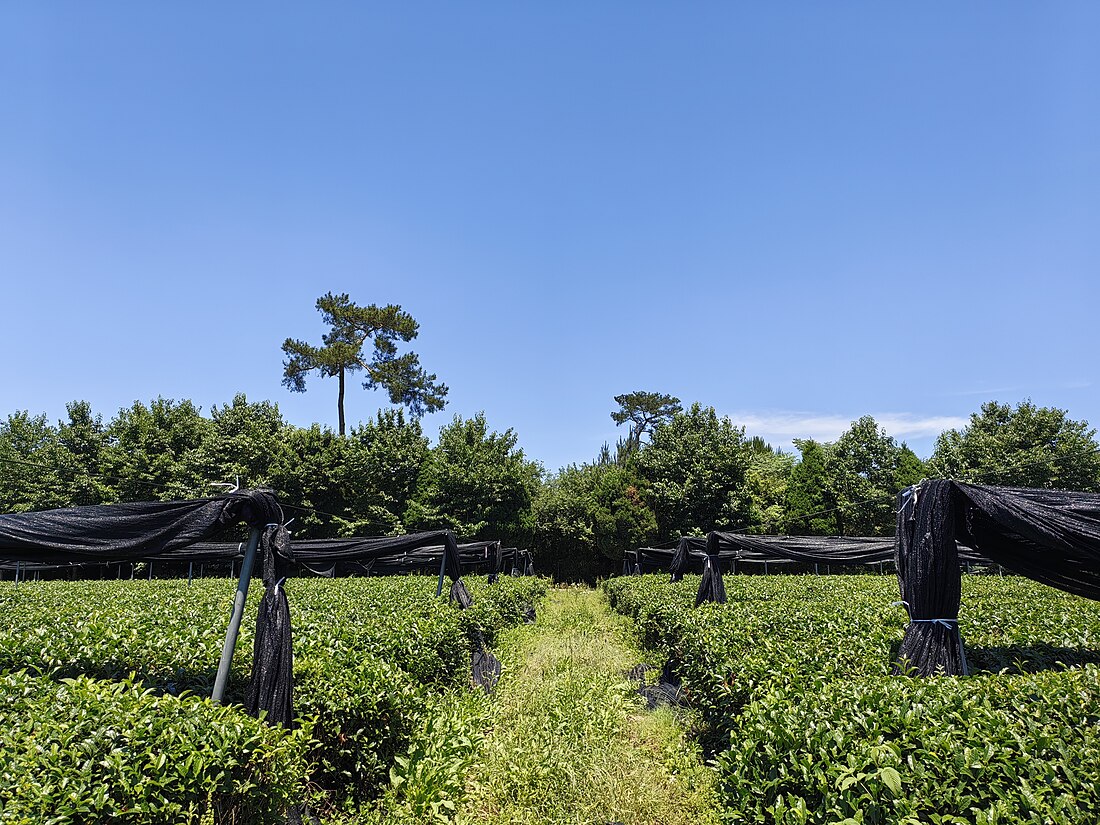永思陵
来自维基百科,自由的百科全书
永思陵,为中国南宋高宗赵构的陵墓,[1]位于浙江省绍兴市东南17公里的皋埠镇牌口村攒宫茶场内,陵园设有上宫、下宫和地宫,另有宪圣慈烈皇后吴氏祔葬于上宫西北、下宫东南之位。墓在元朝被杨琏真珈掘毁。
| 宋六陵 (永思陵) | |
|---|---|
 | |
| 全国重点文物保护单位 中华人民共和国国务院公布 | |
| 地址 | 浙江省绍兴市 |
| 分类 | 古墓葬 |
| 时代 | 南宋 |
| 编号 | 7-0575 |
| 认定时间 | 2013年3月 |
注释
Wikiwand - on
Seamless Wikipedia browsing. On steroids.
